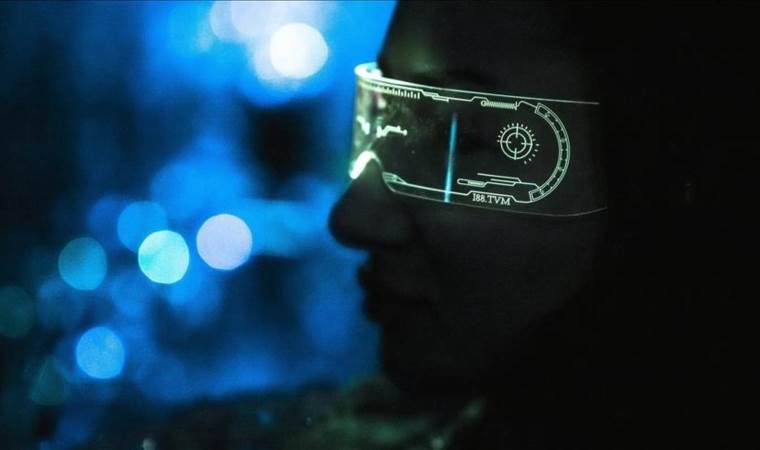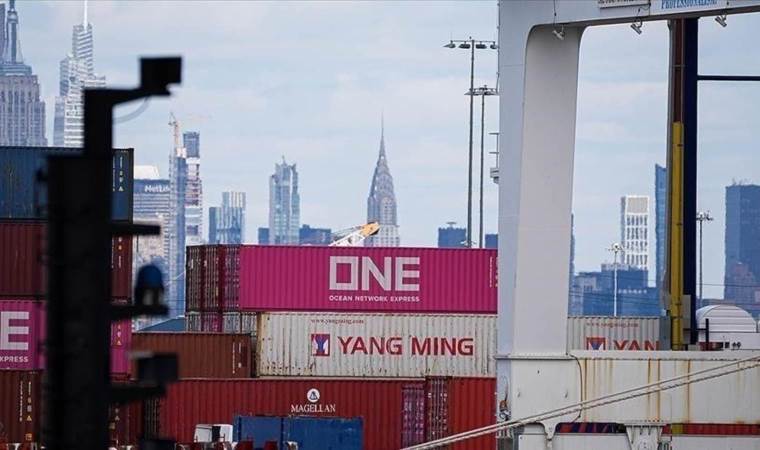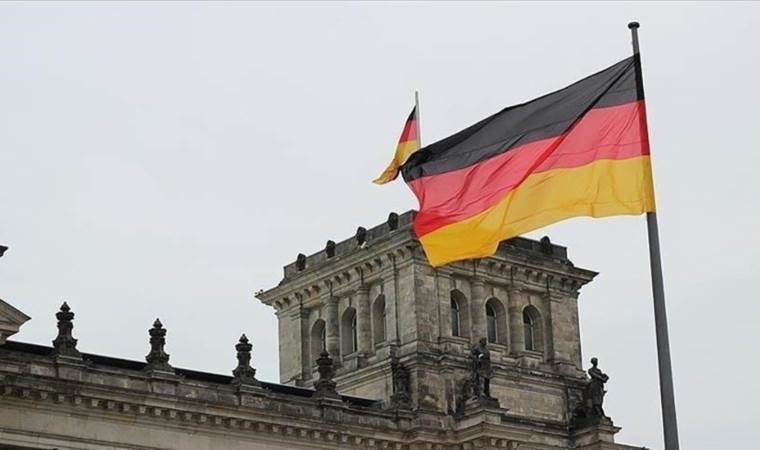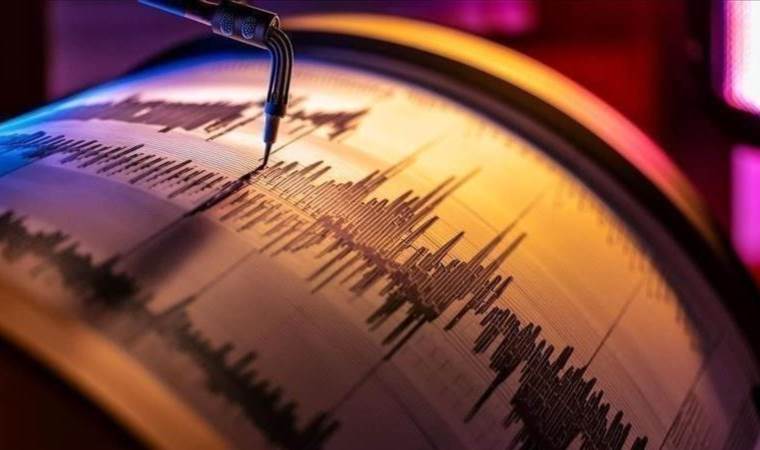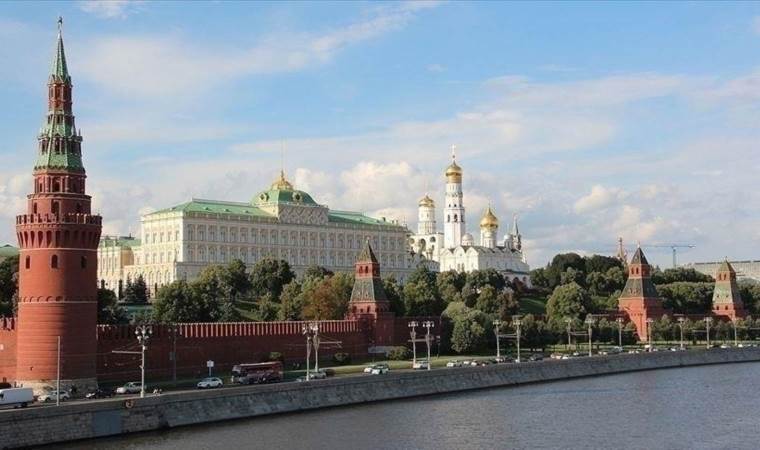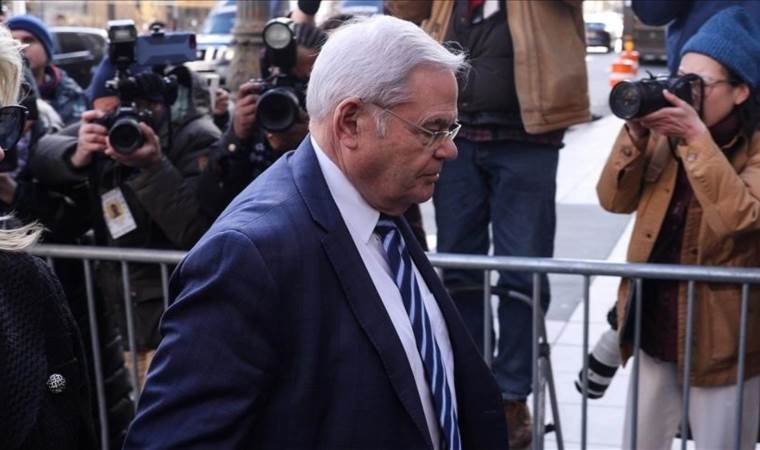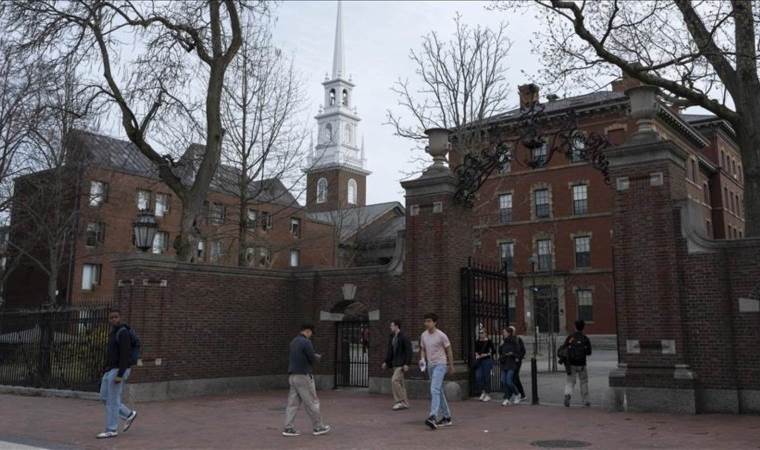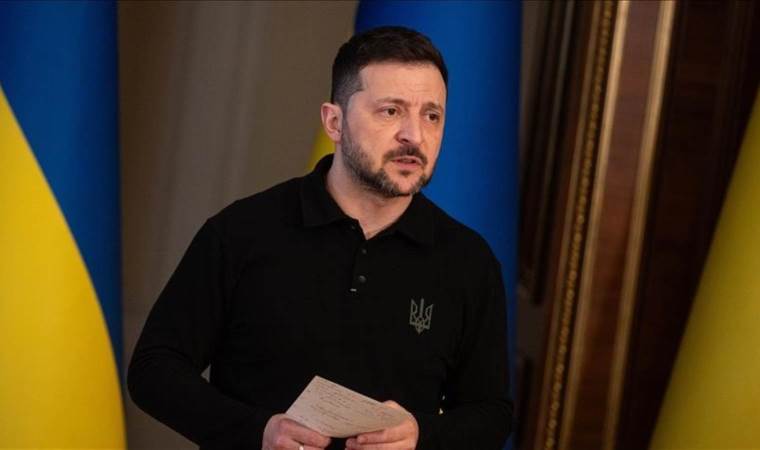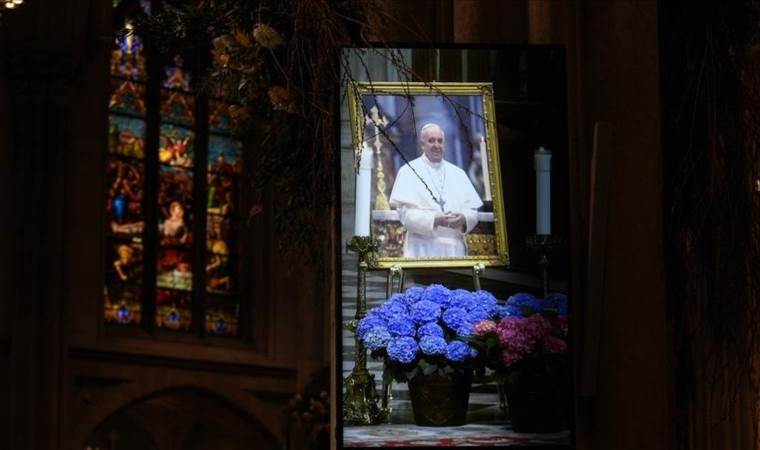Mount Rushmore's secret chamber: A hidden legacy amidst a controversial past
Uncover the secret chamber within Mount Rushmore, where a mysterious message carved into its door sheds light on America's intricate past. This hidden room, not just a marvel of history, also echoes the ongoing struggles for indigenous rights and the land's contested legacy.
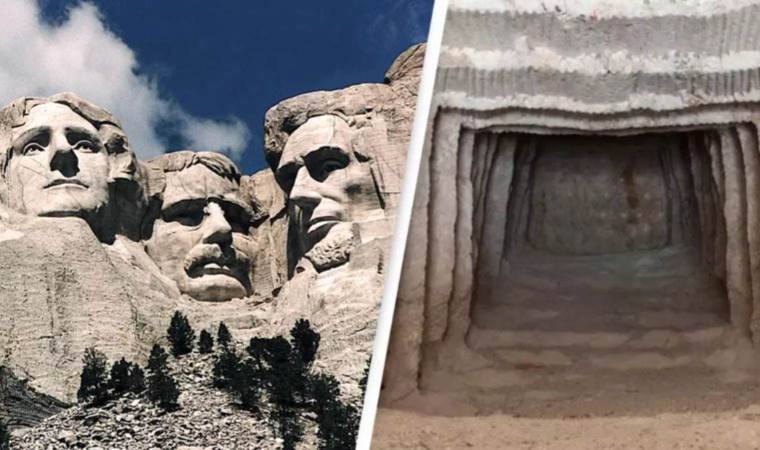
Mount Rushmore, an iconic symbol of American history, harboring the faces of four pivotal leaders, hides a lesser-known feature—a concealed room with a message carved into its door.
Completed in 1941 after numerous setbacks, the monument's initial design included a hidden chamber. This addition, far from any fictional secret headquarters, sits in a location deeply significant to the Lakota people. Known as 'The Six Grandfathers' and located in the Black Hills, the site, according to a historian from the Cheyenne River Sioux Tribe, is "the center of the universe of our people."
The land, granted exclusively to indigenous people by an 1868 treaty, was later seized by the US government in 1877 following the discovery of gold.
The concept of carving figures into a mountain was first proposed for Stone Mountain, with plans to depict Confederate leaders. Doane Robinson, learning of this in 1924, campaigned for a similar monument at Mount Rushmore, eventually featuring George Washington, Abraham Lincoln, Theodore Roosevelt, and Thomas Jefferson.
Gutzon Borglum, the sculptor enlisted for this task, was controversially linked to the Ku Klux Klan. His original plan included an inscription at the mountain's base, but due to space constraints, he envisioned an archive within the mountain. Although Borglum died in 1941, marking the project's completion, the initial blasting had begun, forming the hidden room.
The door bears Borglum's quote: "...let us place there, carved high, as close to heaven as we can, the words of our leaders, their faces, to show posterity what manner of men they were. Then breathe a prayer that these records will endure until the wind and rain alone shall wear them away."
In 1998, the National Parks Service installed a titanium vault in the chamber, stocking it with documents about Mount Rushmore, the presidents, and US history. Not accessible to the public, this room has sparked speculation and conspiracy theories.
The Lakota persist in their fight for the land's return, facing numerous legal battles. Mount Rushmore has increasingly become a platform for activism regarding the historic and ongoing treatment of indigenous communities in the US.
Campaigner Phil Two Eagle proposes reorienting the site's focus to highlight indigenous oppression. He suggests, "It should be turned into something like the United States Holocaust Museum. The world needs to know what was done to us,” as he told The Guardian.
Most Read News
-
 China integrates AI into undergraduate studies
China integrates AI into undergraduate studies
-
 South Korea, US to hold trade talks this week
South Korea, US to hold trade talks this week
-
 Germany cuts economic growth forecast to stagnation for
Germany cuts economic growth forecast to stagnation for
-
 6.3 magnitude earthquake strikes off Indonesia’s Talaud
6.3 magnitude earthquake strikes off Indonesia’s Talaud
-
 Kremlin says Putin open to talks on civilian strikes mor
Kremlin says Putin open to talks on civilian strikes mor
-
 South Korean military holds live-fire drills near inter-
South Korean military holds live-fire drills near inter-
-
 Wife of former US Senator Menendez found guilty in bribe
Wife of former US Senator Menendez found guilty in bribe
-
 Harvard University sues Trump administration over fundin
Harvard University sues Trump administration over fundin
-
 Zelenskyy demands Russian clarity over strikes on civili
Zelenskyy demands Russian clarity over strikes on civili
-
 Pope Francis' funeral to take place on April 26, Vatican
Pope Francis' funeral to take place on April 26, Vatican
